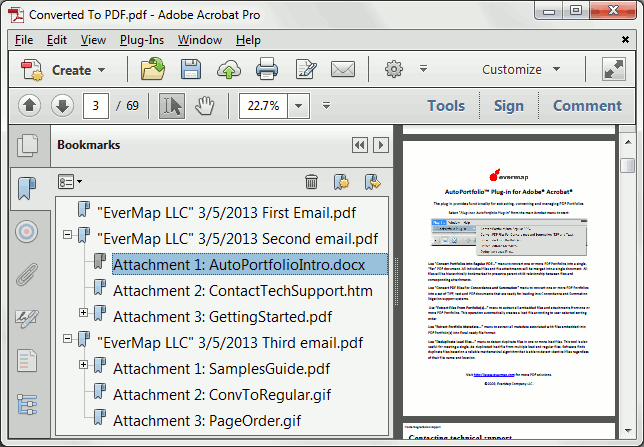Our PDF to HTML programming API authentically maintains the contents of the PDF files when converted into HTML files, including:. Fonts.


PDF fonts are mapped to the appropriate HTML fonts with style, size and kerning to make accurate fit. Multi-Column pages. Single and multi-column pages PDF are converted to equivalent HTML structures with text flow preserved to facilitate editing. Tables. PDF tables with and without PDF table structures are detected and converted to HTML tables automatically. Graphics.
Graphics in the PDF are converted authentically and placed accurately on the HTML page. Page Fitting. Fonts and formatting are adjusted to make the PDF page content fit on the HTML page.
Fill In Adobe Pdf Forms
Browser vendors are making changes to browser plug-in support. These changes, combined with the ubiquity of mobile devices, are beginning to impact forms created with LiveCycle and AEM Forms and rendered as PDFs in browsers.Google announced that they would be discontinuing support for the Netscape Plug-In API (NPAPI) technology in Chrome as of September 2015. Adobe Acrobat and Acrobat Reader require NPAPI to run as a plug-in in the Google Chrome browser.Other browser vendors have also signaled that their support for plug-in technologies is waning. In order to open PDF Forms which were created using LiveCycle or AEM Forms in the browser the Adobe PDF Reader plug-in is required in order to display them correctly and allow users to fill them in. Other PDF viewers are not as capable and do not support forms created using XFA templates.These browser changes are beyond the control of Adobe and are made by the browser vendors. Fortunately, Adobe developed and released a solution in 2013 that allows our AEM Forms customers to natively render their existing form templates in a browser without depending on browser plug-in support. To preserve a seamless forms user experience, Adobe strongly recommends existing LiveCycle or AEM Forms customers rendering PDF forms in the browser begin to migrate their forms to HTML5.
Is a feature in AEM Forms that renders XFA form templates in HTML5, a technology supported by modern desktop and mobile browsers. It preserves the layout, scripting logic, and validations present in PDF forms. AEM forms renders HTML5 forms on the server and displays them in the browser like a web application. This allows organizations to take advantage of other server-side technology, such as analytics to help understand form usage and user interactions.
Convert Fillable Pdf To Web Form
Organizations can preserve the familiar user experience of forms that look just like paper, while serving desktop and mobile users.HTML5 forms are supported in. LiveCycle customers must upgrade to AEM Forms to implement HTML5 forms, but can maintain their existing J2EE environment and leverage existing XFA templates. Note: While these are not full solutions, these interim options may work for some cases.Invite desktop users to download the free Adobe Reader and complete forms offlineWhile this is a simple solution, it may change the user experience for desktop users, and is not an option for mobile users. Desktop users wanting to access a form must have the free Adobe Reader. Then they must download the form, fill it out in Reader, and email it back. This option will not work for tablet or smartphone users.
Due to the continually changing mobile operating system and device environment, Adobe Reader Mobile cannot support forms created with LiveCycle or Experience Manager Forms.Provide instructions to configure browsers that still support plug-ins to use the Adobe PDF plug-inIn some cases users may be able to configure their browsers to use Adobe Reader or Adobe Acrobat if the browser is set to display PDFs using its own browser.article explains how to configure popular browsers to support the Adobe PDF plug-in.